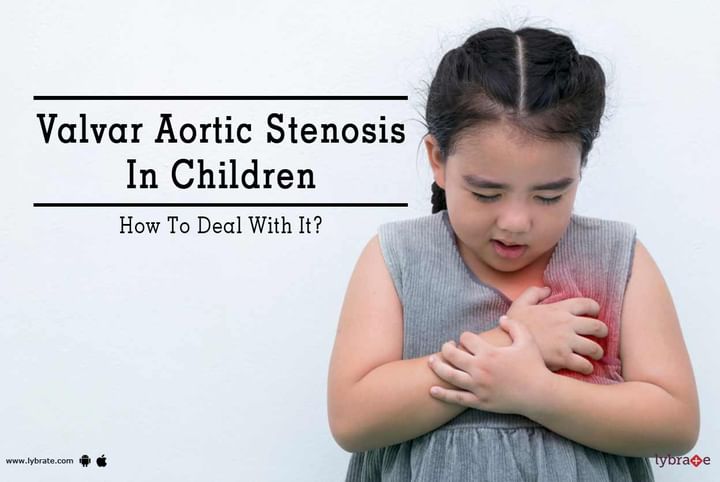Valvar Aortic Stenosis In Children - How To Deal With It?
Valvar aortic stenosis, commonly called aortic stenosis, is a disorder which occurs when the aortic valve of the heart becomes narrow. The narrowing of the valve prevents its full opening, and hence, blood flow from the heart to the aorta is restricted. When the aortic valve gets obstructed, the heart has to exert much more effort to pump the blood. The heart muscles get weakened as a result. This condition is more common in children.
Diagnosis of Valvar Aortic Stenosis:
Before diagnosis, we should know about the symptoms of valvar aortic stenosis in children. They include:
- Feeling breathless
- Angina or chest pain with a feeling of pressure or tightness
- Syncope of fainting
- Palpitations and enhanced heartbeats
- A steady decline in regular activities and energy levels
- Fatigue due to little exertion
- Not gaining weight
- Poor eating patterns
- Problems in breathing
The wall of the left ventricle also thickens muscularly, and the thick wall occupies more space in the lower chamber of the heart and hence, the room for adequate blood supply is reduced. This may lead to heart failure.
Echocardiogram: The initial test that is recommended for patients with symptoms of valvar aortic stenosis is Doppler Echocardiography. This test enables the doctor to estimate the aortic valve region, peak or mean transvalvular gradients and the maximum aortic velocity. These primary measures are required to assess the severity of the disease. Echocardiography provides important information on the valve function, left ventricular filling pressure and disruptions in other valves.
Other major tests which help in the diagnosis of valvar aortic stenosis include:
- MRI or magnetic resonance imaging, which provides images of internal body structures with great detail.
- CT scan or computed tomography where three-dimensional images are extracted.
- Chest X ray
- Cardiac catheterization where a dye is used to highlight blockages, if any, in the heart.
Treatment:
Usually, there are no medicines for fixing valvar aortic stenosis as the disease is not reversible. Medicines can be used to treat the problems, which are caused by the condition.
Replacement of the damaged valve by surgery is the best treatment for valvar aortic stenosis. The surgery performed is called valvuloplasty. This is a cardioscopic surgery where a tube with a small balloon is inserted into a vein. The tube is guided into the heart, and the balloon is inflated. The balloon and tube are removed after the valve is opened. The damaged valve is replaced by mechanical valve or the valve of a cow or pig by an open-heart surgery.
Valvar aortic stenosis is a severe heart condition in children, and the only permanent remedy for this disease is a valve replacement surgery.



+1.svg)
